Compost & Healthy Soil
Living Soil
The creation of compost diverts waste from landfills, reducing methane emissions and recycling organic materials such as food scraps and wood shavings into living soil. Living soil sequesters carbon from the atmosphere down into the ground supporting plant health and life underground.
What is Living Soil? High quality compost has a diversity of healthy microorganisms such as bacteria and fungi where a soil food web cycles nutrients to increase soil and plant health. It’s nature’s way of creating and sustaining life.
Compost supports healthy soil because of the microorganisms that are present. It is this biology that breaks down composts piles to cycle nutrients and support the organisms in the soil food web. Compost has long-term beneficial impacts in comparison to traditional fertilizers because the living organisms grow and sustain themselves over time, reducing the need for inorganic fertilizers. This saves farmers and backyard gardeners money and time.
Shop Compost
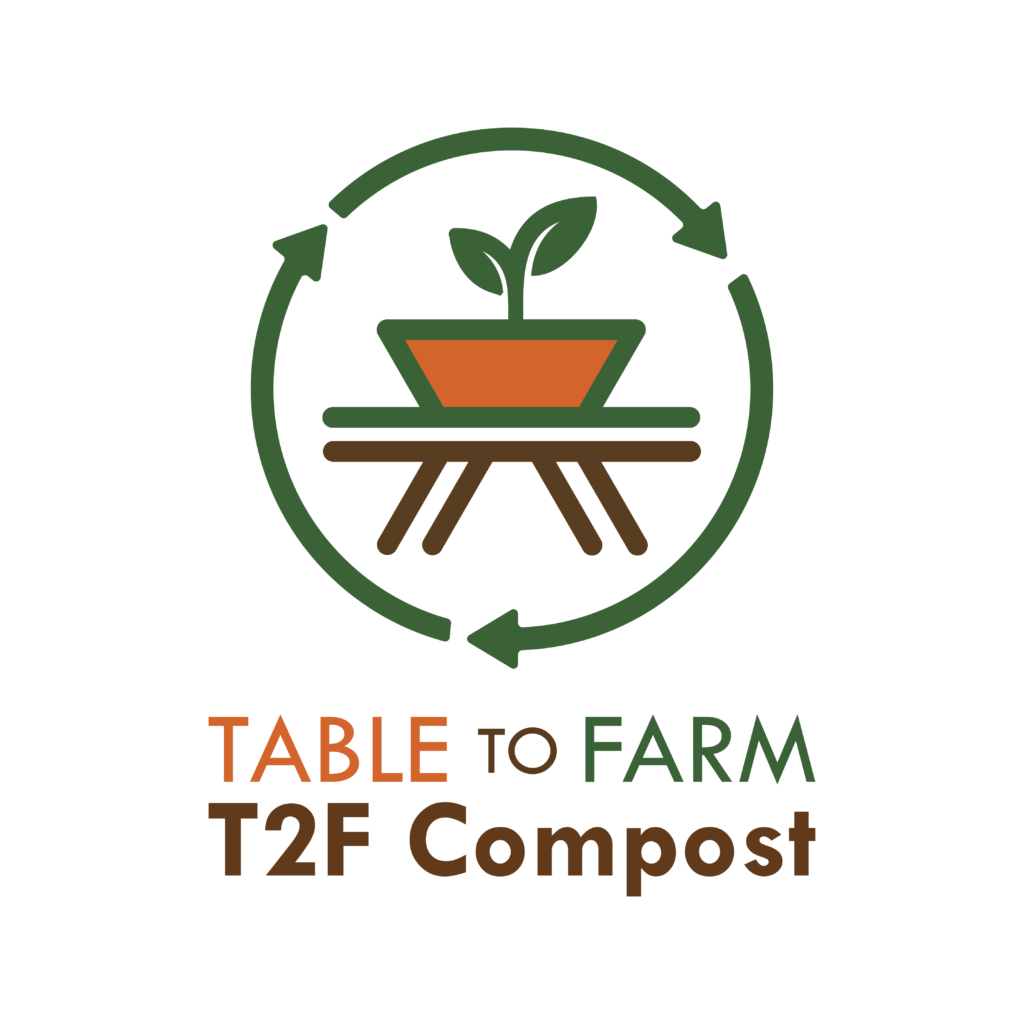
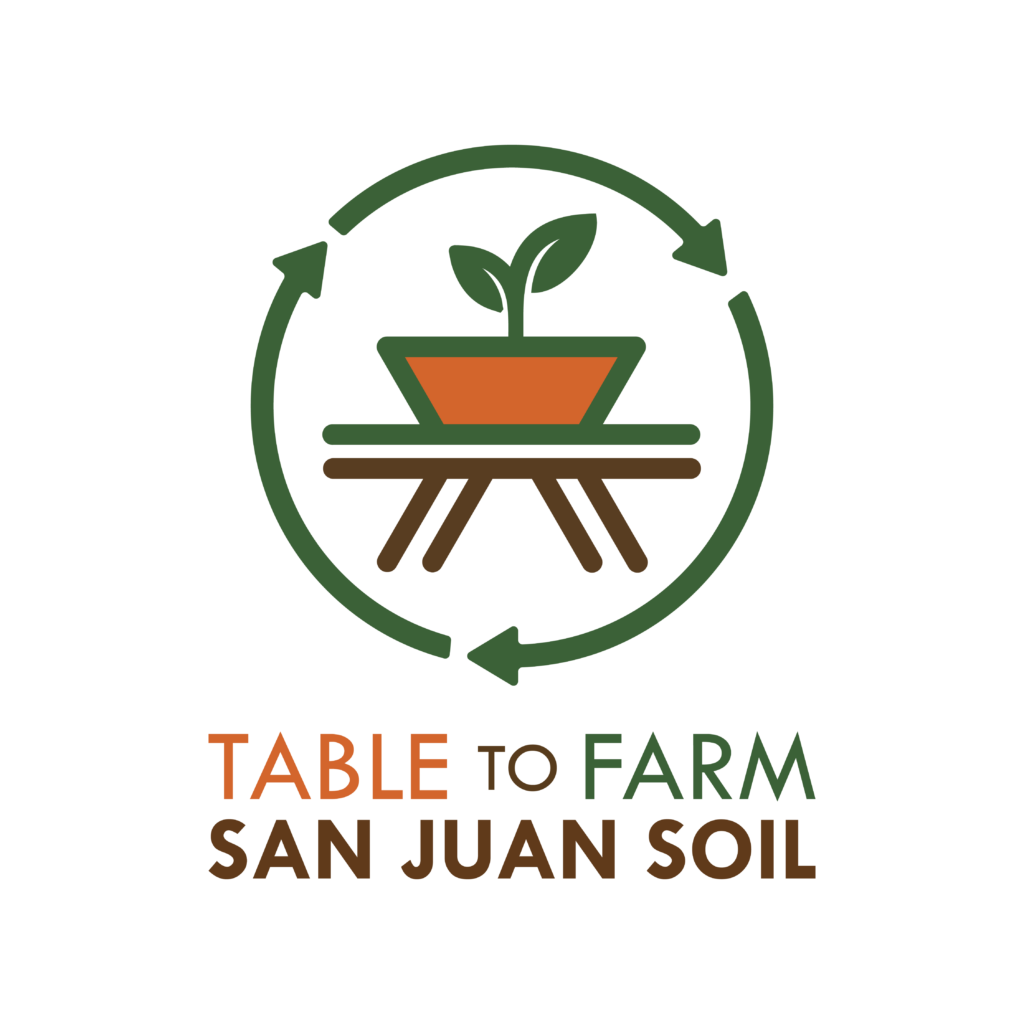
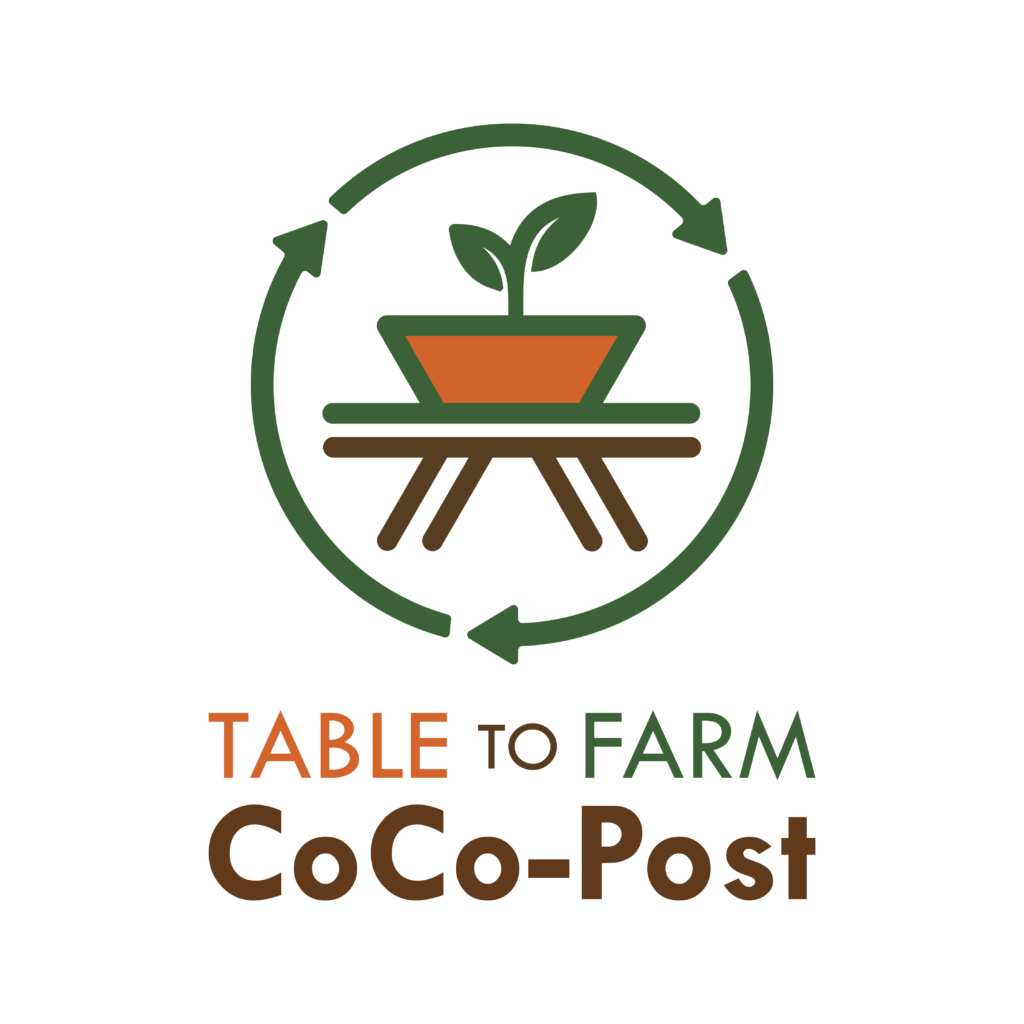
We have been using Table to Farm Compost for the last few years in our field production, potted trees and in landscaping projects. We have been so happy with the results. Great product and fantastic staff!
Clay and Megan Tallmadge, Pleasantree Farm Dolores, Colorado
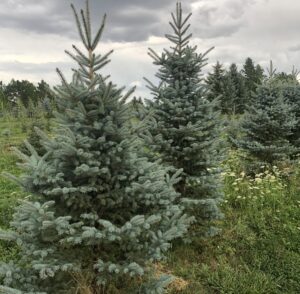
Carbon Farming in La Plata County
In addition to food waste reduction, agriculture plays a crucial role in mitigating climate change. According to Project Drawdown, regenerative agriculture could result in a total reduction of 14.5-22.3 gigatons of carbon dioxide, from both sequestration and reduced emissions through by 2050 with a net profit gain of $135-206. Compost is a critical part of this strategy because it increases carbon-rich, living organic matter in soil.
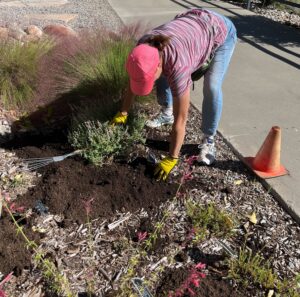
When you realize the Earth is so much more than simply your environment, you’ll be moved to protect her in the same way as you would yourself.
Thich Nhat Hanh’s statement on Climate Change for the United Nations
Compost Benefits
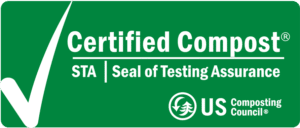

- Improves the soil structure, porosity, and density, thus creating a better plant root environment.
- Increases infiltration and permeability of heavy soils, thus reducing erosion and runoff.
- Improves water holding capacity, thus reducing water loss and leaching in sandy soils.
- Supplies a variety of macro and micronutrients.
- May control or suppress certain soil-borne plant pathogens.
- Supplies significant quantities of organic matter.
- Improves cation exchange capacity (CEC) of soils and growing media, thus improving their ability to hold nutrients for plant use.
- Supplies beneficial microorganisms to soils and growing media.
- Improves and stabilizes soil pH.
- Can bind and degrade specific pollutants.
